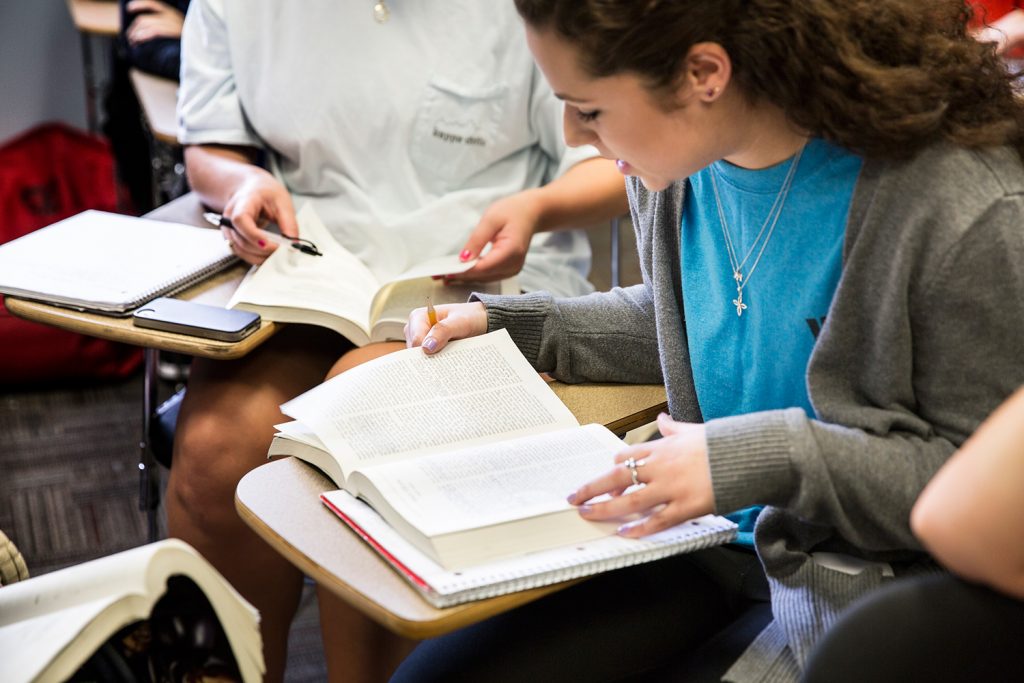by Alex Ates, Department of Theatre and Dance Gender topics are not just for the humanities. Interpreting gender is pivotal to deconstructing norms and methods in the sciences too. Could a new tool from the Verbatim Performance Lab at help you crack open conversations about gender in your classrooms? For example, The Serena Williams Project re-enacts the September 8, 2018, argument between Serena Williams and the chair umpire, Carlos Ramos. While arguing with Ramos and other officials, Williams stated that […]
Read More from Talking About Gender? These Filmed Experiments Can Help


